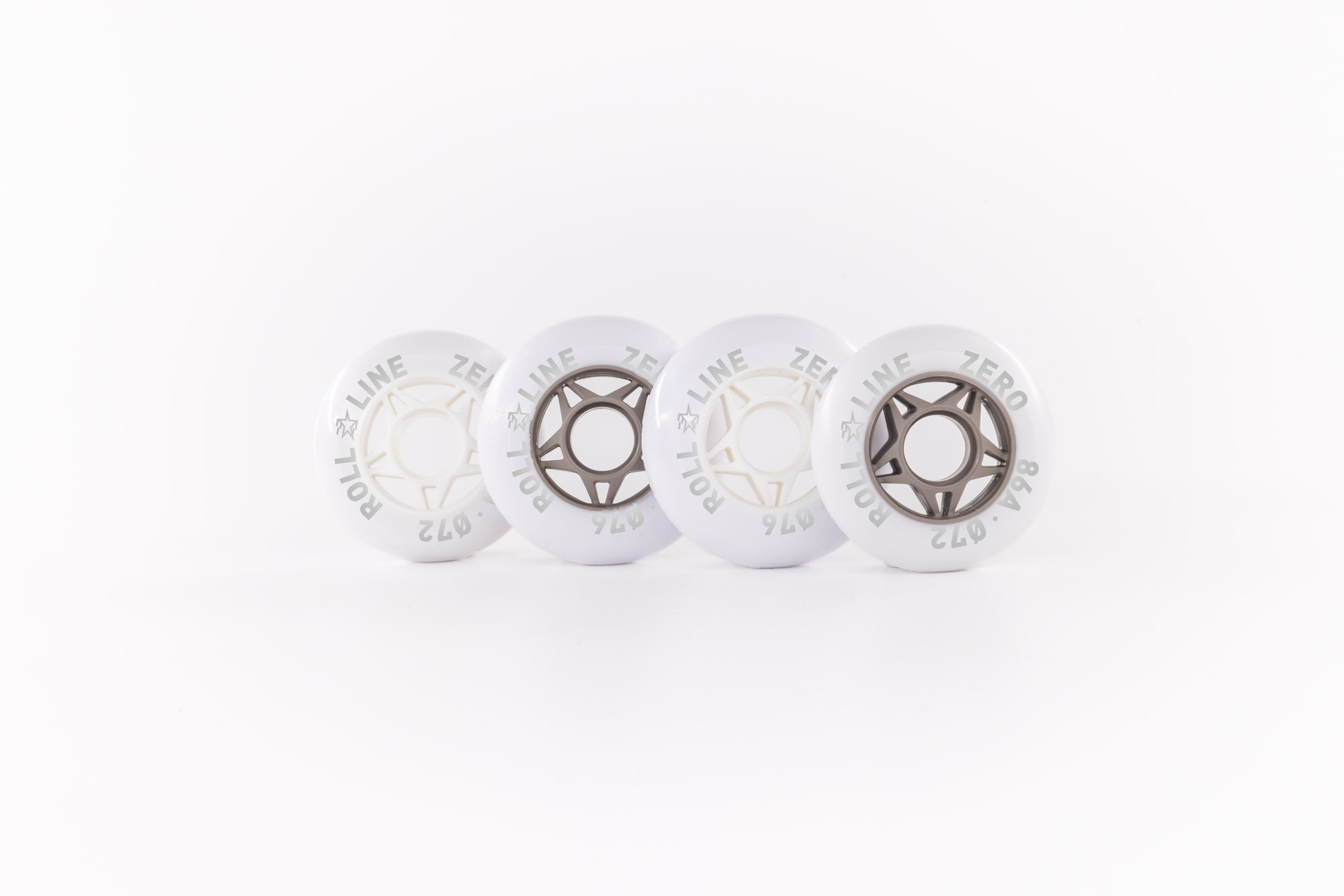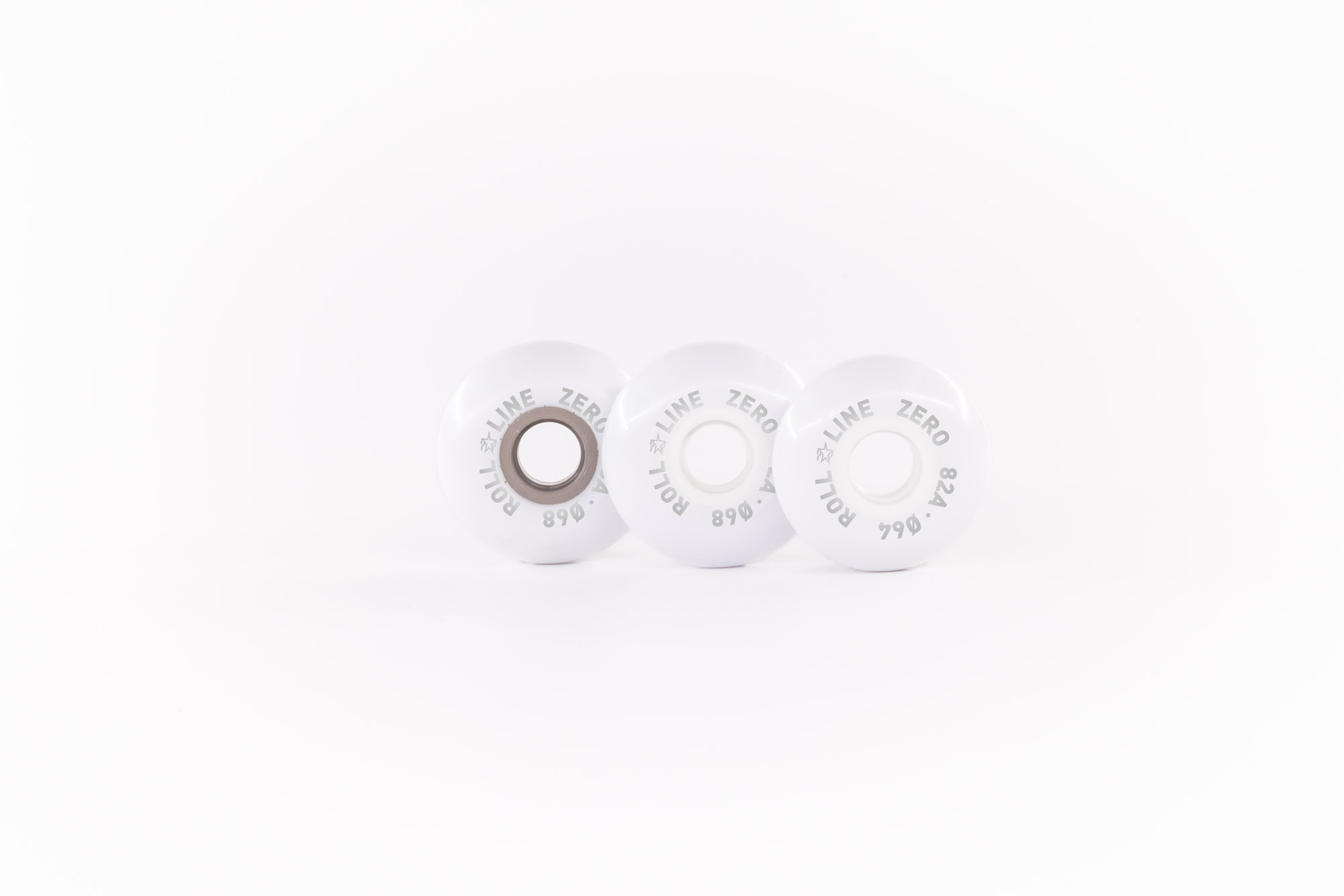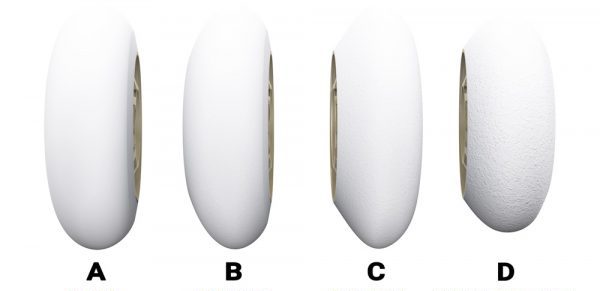Zero
Produced with an exclusive Roll-Line© mix of materials, the Zero wheels are the perfect partner for the Linea frame.
- Their rounded profile renders them perfect for inline artistic skating, as opposed to other, less-specific wheels.
- Available in two hardnesses: 82 (white) and 86 (beige).
- Four diameters to match the different measurements of the frames available: 64mm for frames sized 7 1⁄4 - 8; 68mm for frames sized 8 1⁄2 - 9; 72mm for frames sized 9 1⁄4; and 76mm for frames sized 9 3⁄4 - 10 - 10 1⁄4 - 10 3⁄4 - 11 1⁄4.
- Available in sets of 6 wheels (It is at the discretion of each reseller to sell units in smaller quantities).
- Product sold separately from the frame.
NOTE: Being made of polyurethane, the Zero wheels are graded with the Shore scale A.
Roll-Line does not sell directly to the public; to complete your purchase, please refer to an official reseller.





